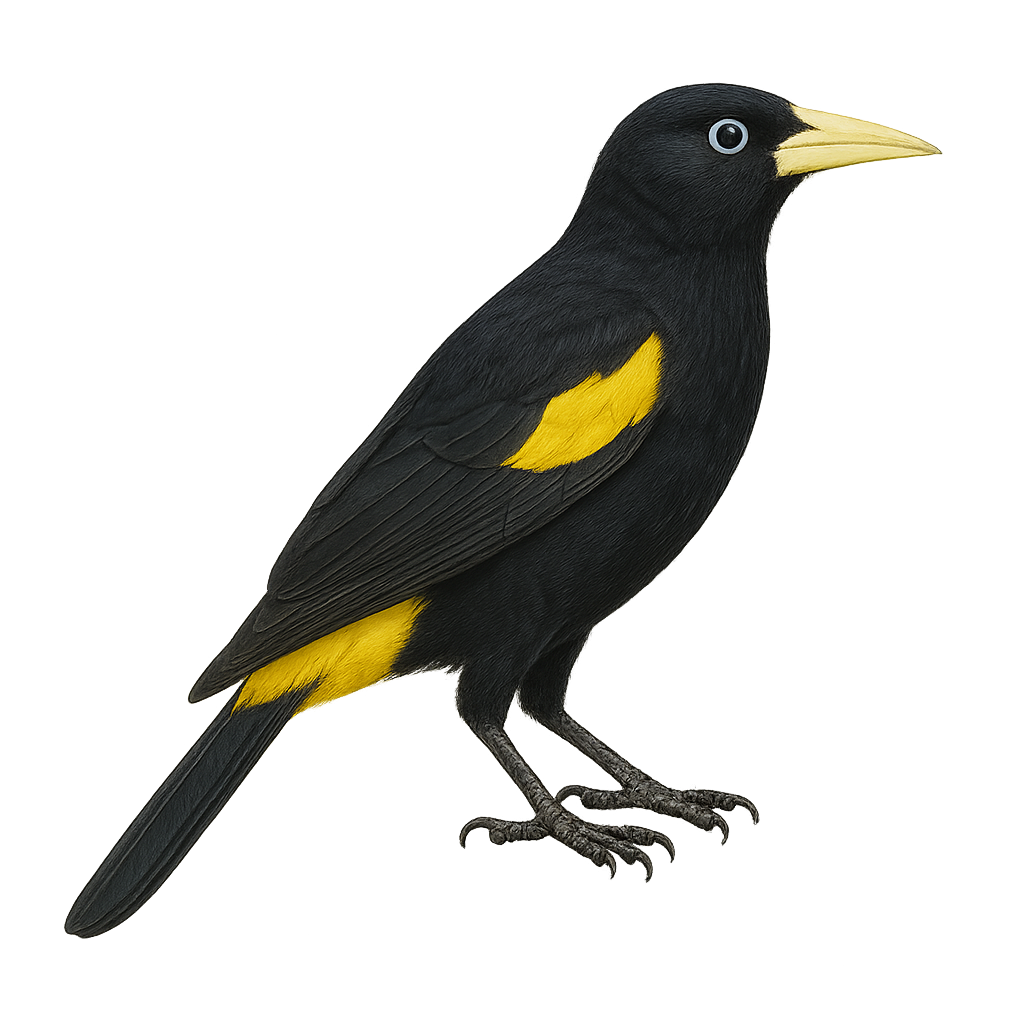Your wildlife photography guide.
Explore the mountain cacique in detail, study its behavior, prepare your shots.
Where to observe and photograph the mountain cacique in the wild
Learn where and when to spot the mountain cacique in the wild, how to identify the species based on distinctive features, and what natural environments it inhabits. The WildlifePhotographer app offers tailored photography tips that reflect the mountain cacique’s behavior, helping you capture better wildlife images. Explore the full species profile for key information including description, habitat, active periods, and approach techniques.
Mountain Cacique
Scientific name: Cacicus chrysonotus

IUCN Status: Least Concern
Family: ICTERIDAE
Group: Birds
Sensitivity to human approach: Suspicious
Minimum approach distance: 10 m
Courtship display: October to December
Incubation: 13-15 jours
Hatchings: October to January
Habitat:
Humid forests, mountain forests
Activity period :
Primarily active during the day, with peak activity in the morning and late afternoon.
Identification and description:
The Mountain Cacique, or Cacicus chrysonotus, is a striking bird with its black plumage contrasted by a bright yellow back. It primarily inhabits the humid forests of the Andes, often seen in noisy flocks. Known for its melodious and complex song, it uses this to communicate with its peers. It feeds mainly on insects and fruits found in the tree canopy. The Mountain Cacique builds hanging bag-shaped nests, often in colonies, providing protection against predators. Although relatively common in its habitat, deforestation poses a potential threat to its populations.
Recommended lens:
400 mm – adjust based on distance, desired framing (portrait or habitat), and approach conditions.
Photography tips:
To photograph the Mountain Cacique, it is advisable to use a telephoto lens of 400mm or more to capture precise details without disturbing the bird. Look for areas where the birds are active, such as forest edges or near food sources. Be patient and discreet to avoid scaring them away. The best lighting is found early in the morning or late in the afternoon. Use a tripod to stabilize your camera and achieve sharp images.
The WildlifePhotographer App is coming soon!
Be the first to explore the best nature spots, track rutting seasons, log your observations, and observe more wildlife.
Already 1 430 wildlife lovers subscribed worldwide

